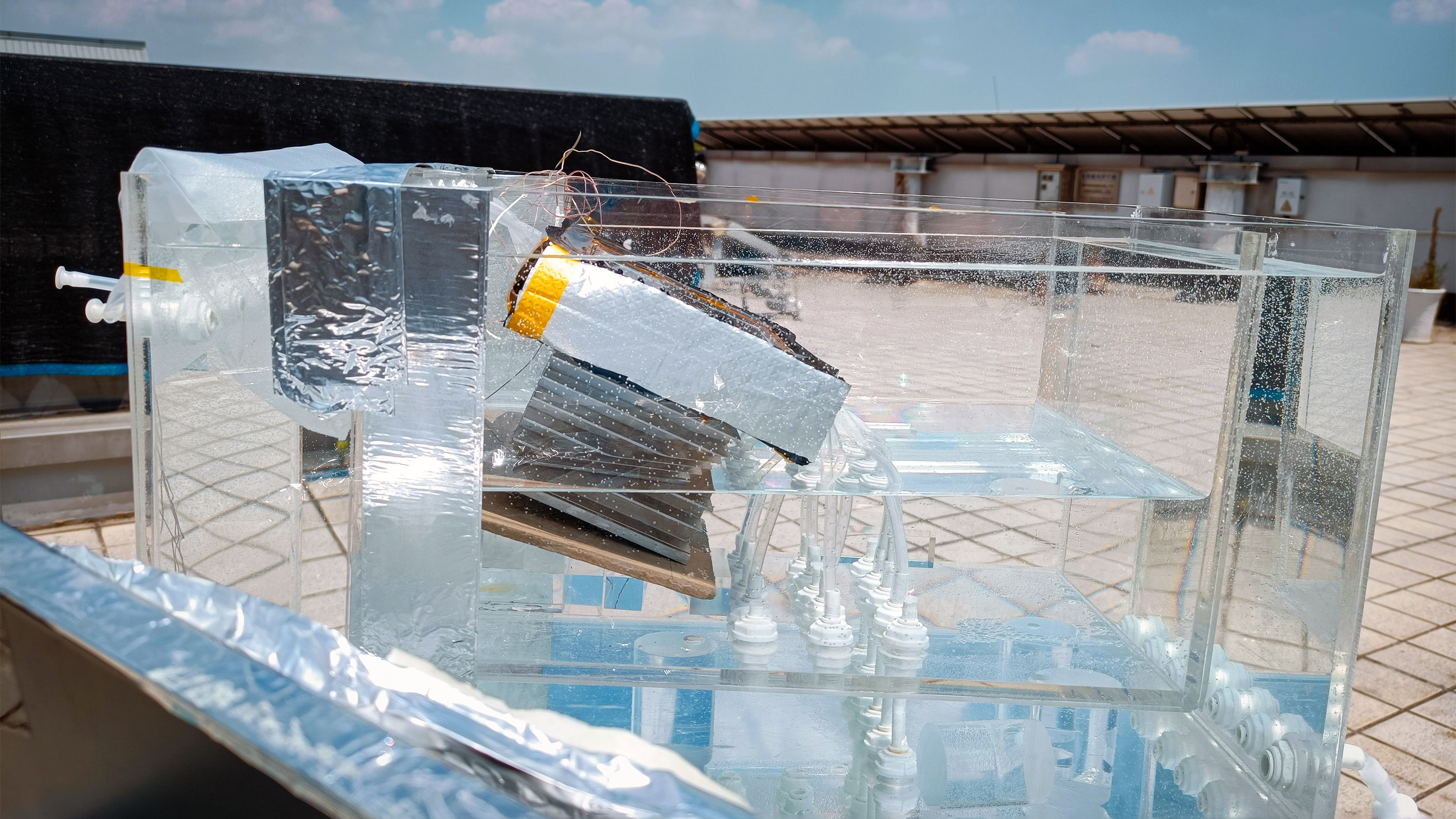MIT engineers and colleagues in China are aiming to turn seawater into drinking water with a completely passive solar-powered device.
The key is a configuration that allows water to circulate in swirling eddies similar to a type of deep ocean current driven by differences in water temperature and salinity. This circulation, combined with the sun’s heat, drives water to evaporate, leaving salt behind. The resulting pure water vapor can then be condensed and collected. In the meantime, the leftover salt continues to circulate out of the device, rather than accumulating and clogging the system.
The researchers estimate that if the system were scaled up to the size of a small suitcase, it could yield four to six liters of drinking water per hour and last several years before salt accumulation makes replacement parts necessary. Given this long life and the fact that no electricity is needed, its output could be extremely inexpensive.
Don’t settle for half the story.
Get paywall-free access to technology news for the here and now.
